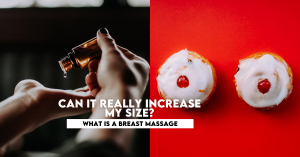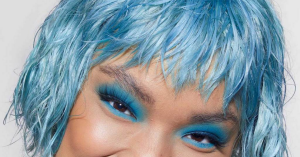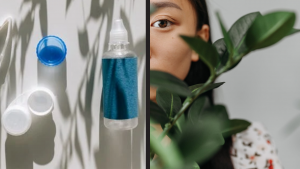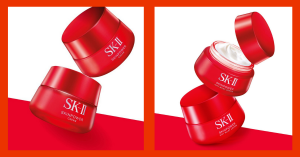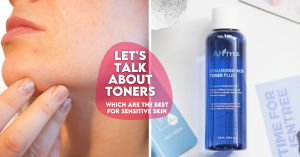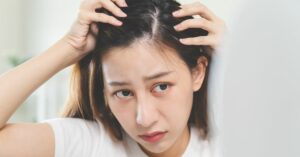Hair
Thinking Of Rebonding Your Hair? Price, Procedure, Aftercare
We’re all about embracing your curls but some people fancy straight hair. Of course, curls can be done using hair...
By: Beauty Insider Journalist / December 11, 2021

We’re all about embracing your curls but some people fancy straight hair. Of course, curls can be done using hair curlers and if you want straight locks then the straightener is your compadre. However, what if you desire an effect more long-lasting and may be semi-permanent? Well then, Beauty Insider is introducing to you the chemical process of hair rebonding if your dream hair is straight, luscious locks.
Amino acids are the building blocks of your hair. These proteins are linked by connections that govern the curly, wavy, or straight structure of your hair. Chemically relaxing your hair by breaking down these connections and then rebuilding them to change the structure of your hair is known as hair rebonding.
The procedure begins with the use of a relaxant, which aids in the breaking down of protein links in your hair. After that, the hair is straightened, and a neutralizer is used to re-establish the bonds with a different structure.
Contents
How Does It Work?
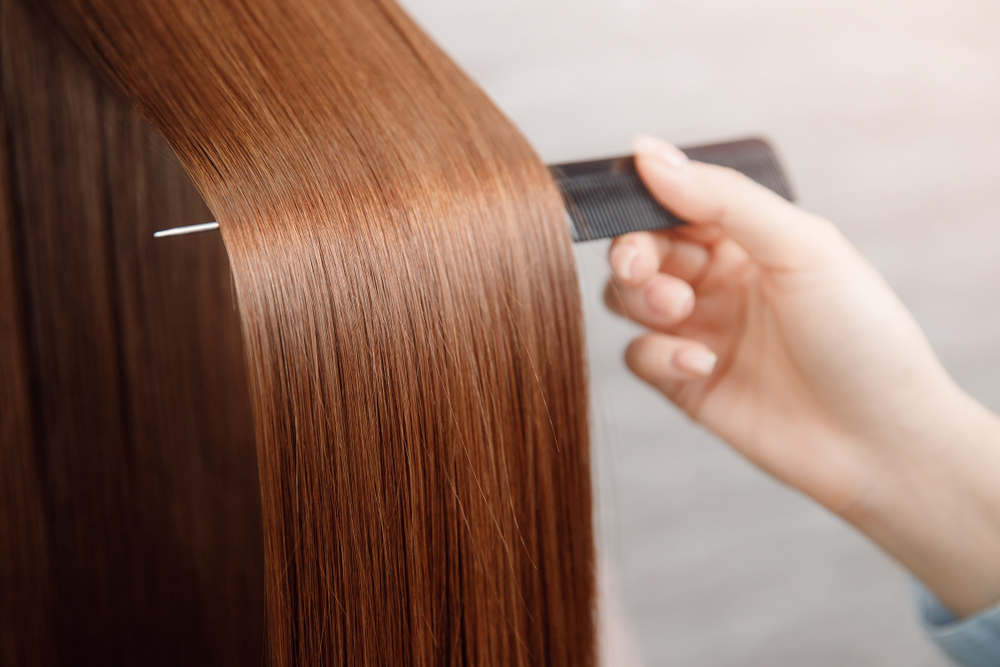
Hair rebonding is a process that uses harsh chemicals to straighten your hair. Several hours are required to complete the process. The hydrogen bonds between keratin molecules in your hair are broken by water.
The new pattern of your hair structure is then crosslinked in a pin-straight alignment by a chemical, generally formaldehyde. As a result, the hair seems much straighter than it really is.
What Are The Chemicals Used During Hair Rebonding?
To break away your hair’s connections, formaldehyde or aldehyde is commonly used in hair rebonding. Although some relaxant formulae claim to be formaldehyde-free, practically all of them generate strong gases that are chemically comparable to formaldehyde. Chemicals like methylene glycol and methanal react in this way.
What Results Should Be Expected From Rebonding Your Hair?
Your hair will be silky, shiny, and straight after a hair rebonding treatment. If you have frizzy hair, you may notice that it is less frizzy after using this product. Remember that these outcomes aren’t guaranteed. Some people who choose hair rebonding find that their hair retains some of its original texture, making them doubt the treatment’s effectiveness.
Hair rebonding may cause harm to your hair if it is thin, dry, colour-treated, bleached, or heat-damaged. Before scheduling an appointment, talk with your stylist to see if the treatment is right for you. A reputable hairdresser would most likely test a few strands of your hair to determine whether it can withstand the rebonding process.
What Will The Process Be Like?
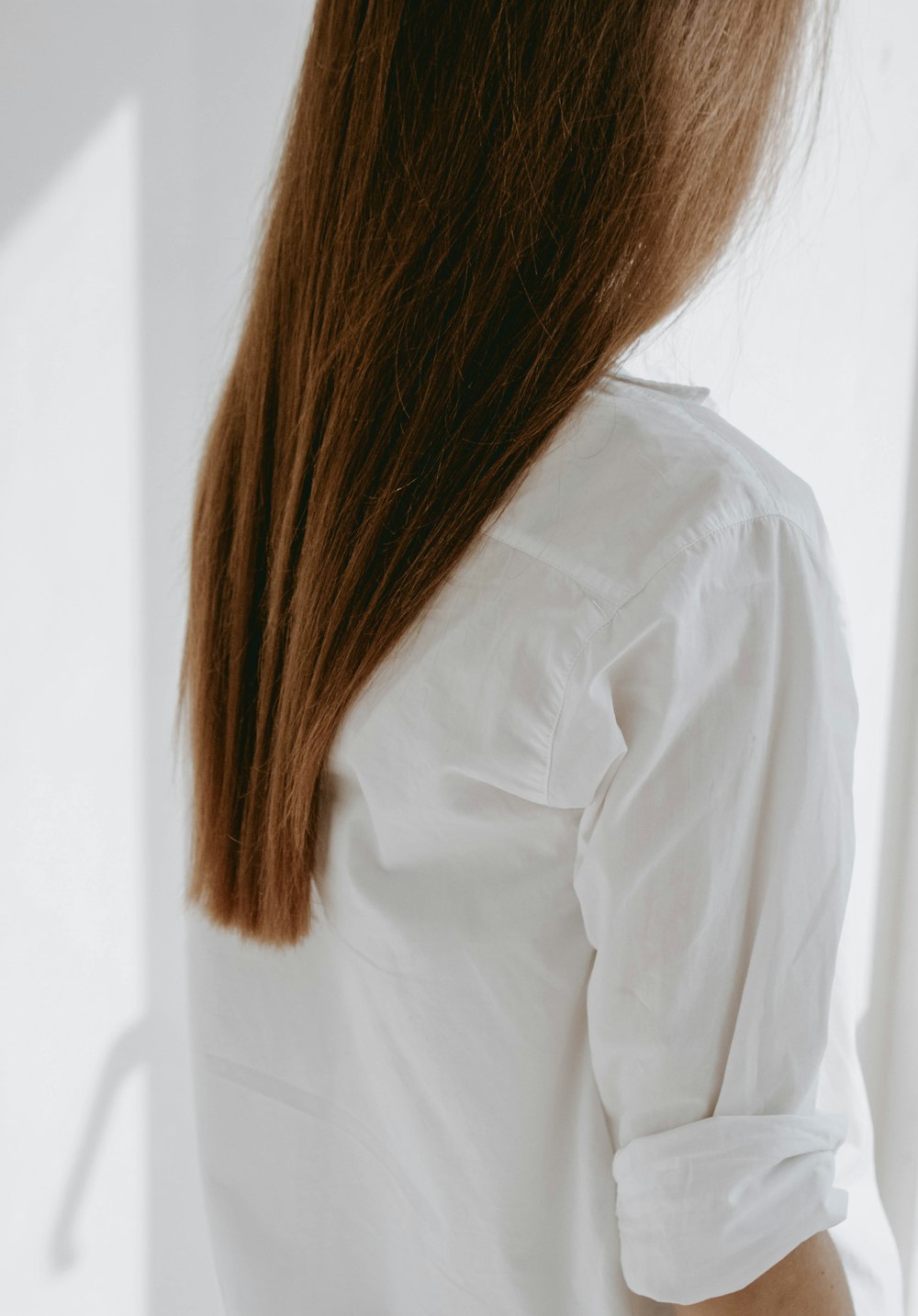
Your stylist starts by washing your hair and allowing it to air-dry into its natural texture. This not only eliminates dirt and oils but also informs your hairdresser about your natural hair texture. Your stylist will next separate your hair in the same way as they would for a blow-dry or hair colour treatment. After that, a substance called a relaxant is applied to every strand of your hair.
The relaxant should be left on your hair for at least 30 minutes. Because the relaxant damages your scalp and hair by breaking down your hair cuticle on a cellular level, the relaxant stage must be properly watched. Your hairdresser will next use a specific hair steaming instrument to steam your hair. You’ll have very straight hair at the conclusion of this phase, but you’re not finished yet.
Your hairdresser next rinses your hair again and blow-dries it to prepare it for the next step. Hair is treated with keratin lotion. This keratin lotion is designed to aid in the formation of new hair connections.
After that, a neutralizer is applied to your hair to help solidify the newly established links. For around 30 minutes, leave the keratin and neutralizer on your hair. To eliminate the keratin and neutralizer, your hair is washed one last time.
Your hairdresser will next blow-dry your hair straight to complete the look. Hair rebonding is a long-term procedure. If you like how it looks, you won’t have to do it again until your hair has grown an inch or two at the roots.
Aftercare Of Hair Rebonding
No hair washing for at least 3 days
When getting your hair rebonded, this is the most crucial thing to remember. You must not, under any circumstances, allow your hair to become damp. Your hair takes around 3 days to settle into its new structure, so washing it before that happens will result in less-than-ideal results.
Forget hair fasteners and heat tools
It’s time to say goodbye to hair ties and bobby pins when it comes to tucking your hair behind your ear. Hair fasteners might cause wrinkles in your freshly rebuilt hair, which you should avoid at all costs. Also, if you’re certain you won’t be able to live without a blow dryer, set it to the cold setting. Heat should be avoided at all costs since it will simply cause further damage to your hair.
Deep conditioning
When the three days are over and you’re ready to wash your hair, make sure you use a gentle shampoo designed specifically for chemically treated hair. After you’ve washed your hair, apply conditioner and wait a few minutes for your hair to absorb some moisture.
Cold showers will help
The cold water acts as a sealant, preventing moisture loss and harm to your hair shafts. This will not only keep your hair conditioned but will also boost the health and lustre of your hair. We propose showering with lukewarm water if you can’t bear cold water. Warm or hot water should be avoided.


